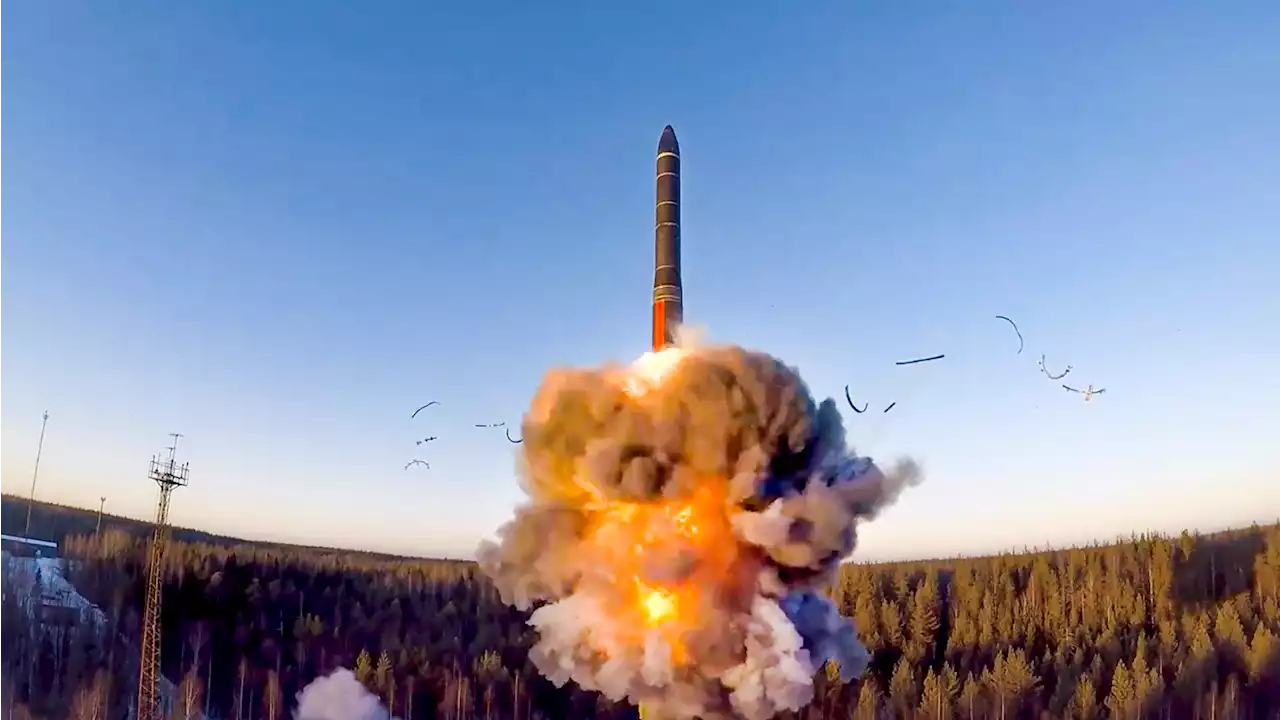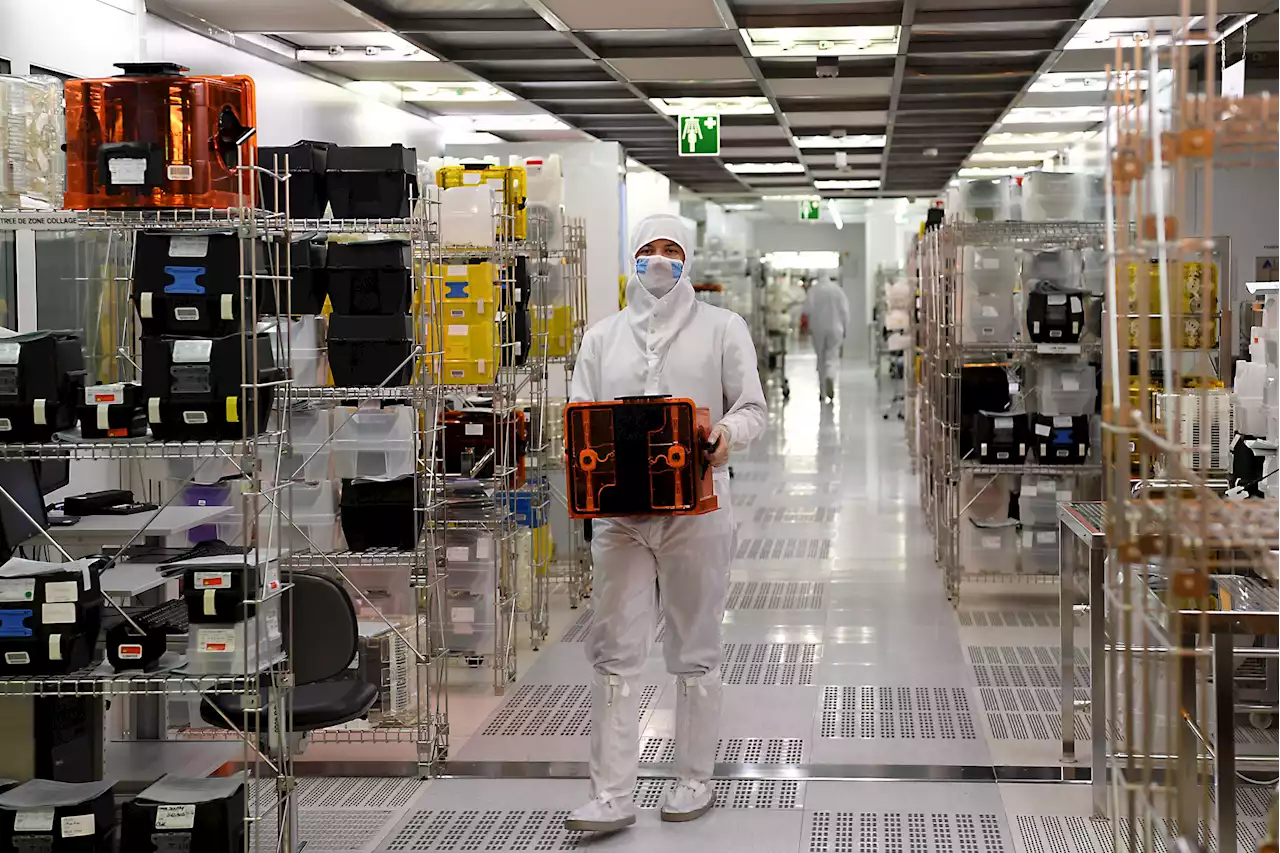'The risk of nuclear weapons being used seems higher now than at any time since the height of the Cold War,' said the director of SIPRIorg.
As of early 2022, nine countries—Russia, the United States, China, France, the United Kingdom, Pakistan, India, Israel, and North Korea—possessed a combined total of 12,705 nuclear warheads, SIPRI estimates. Together, Russia and the U.S. control more than 90% of this global inventory.
While the total number of nuclear weapons decreased slightly from 13,080 last January to 12,705 this January, SIPRI expects the global supply of weapons"All of the nuclear-armed states are increasing or upgrading their arsenals and most are sharpening nuclear rhetoric and the role nuclear weapons play in their military strategies," said Wilfred Wan, director of SIPRI's Weapons of Mass Destruction Program."This is a very worrying trend."Although Russian and U.S.
The U.K. in 2021 announced its decision to increase the ceiling on its total warhead stockpile, in a reversal of decades of gradual disarmament policies. While criticizing China and Russia for lack of nuclear transparency, the U.K. also announced that it would no longer publicly disclose figures for the country’s operational nuclear weapon stockpile, deployed warheads, or deployed missiles.
United States Latest News, United States Headlines
Similar News:You can also read news stories similar to this one that we have collected from other news sources.
 ‘Worrying Trend': Post-Cold War Drop in Nuclear Weapons Could Be OverA Swedish arms watchdog says the world’s stockpiles of nuclear weapons are expected to increase in coming years after declining since the end of the Cold War.
‘Worrying Trend': Post-Cold War Drop in Nuclear Weapons Could Be OverA Swedish arms watchdog says the world’s stockpiles of nuclear weapons are expected to increase in coming years after declining since the end of the Cold War.
Read more »
 The war in Ukraine intensifies the war for tech talentThe Russia-Ukraine war has wrecked global supply chains for technology talent, leaving corporations scrambling to fill the void.
The war in Ukraine intensifies the war for tech talentThe Russia-Ukraine war has wrecked global supply chains for technology talent, leaving corporations scrambling to fill the void.
Read more »
 This lithium-ion battery kept going (and going and going) in the extreme coldA team of scientists in China developed a new material to help lithium-ion batteries stay charged at normally draining temperatures.
This lithium-ion battery kept going (and going and going) in the extreme coldA team of scientists in China developed a new material to help lithium-ion batteries stay charged at normally draining temperatures.
Read more »
